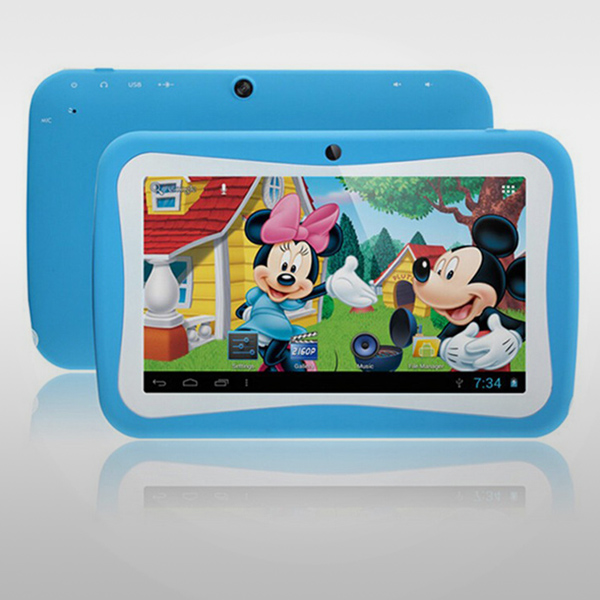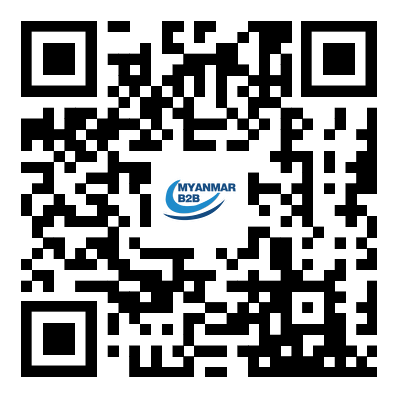Key features and aspects of educational tablet PCs
2023-12-19
Educational tablet PCs are devices specifically designed to support and enhance the learning experience for students of various age groups. These tablets come pre-loaded with educational content, apps, and features that are tailored to foster interactive and engaging learning. Here are some key features and aspects of educational tablet PCs:
1. Child-Friendly Design:
- Durable Construction: Educational tablets are often built with durability in mind to withstand the handling by children. They may have ruggedized or protective cases to prevent damage from accidental drops.
2. Parental Controls:
- Content Management: Parental control features allow parents or educators to manage and control the content, apps, and usage time, ensuring a safe and age-appropriate learning environment.
3. Educational Apps and Content:
- Pre-installed Educational Software: These tablets come with a suite of educational apps, games, and interactive content that align with various subjects and learning levels. These apps often focus on core skills like math, language, science, and critical thinking.
4. Interactive Learning:
- Touchscreen Interaction: The touchscreen interface promotes interactive learning experiences, allowing students to engage with content through touch, gestures, and sometimes stylus input.
5. Adaptive Learning:
- Personalized Learning Paths: Some educational tablets incorporate adaptive learning technologies, adjusting the difficulty of content based on a student's progress to provide a personalized learning path.
6. Internet Safety:
- Filtered Internet Access: For tablets with internet connectivity, there may be filtered and restricted internet access to ensure students only access appropriate online resources.
7. E-books and Multimedia:
- Digital Textbooks and Multimedia: Educational tablets often support e-books, digital textbooks, and multimedia content, providing a dynamic and multimedia-rich learning experience.
8. Feedback and Assessment:
- Progress Tracking: Educational tablets may have features that allow educators and parents to track a student's progress, providing insights into areas of strength and areas that may need improvement.
9. Collaboration Tools:
- Collaborative Learning Apps: Some educational tablets include collaboration tools that enable students to work together on projects, fostering a sense of teamwork and communication skills.
10. Creative Tools:
- Art and Creativity Apps: Educational tablets may come with apps that encourage creativity, including drawing, music, and storytelling applications.
11. Language Support:
- Multilingual Support: Educational tablets may offer support for multiple languages to accommodate diverse student populations.
12. Teacher-Friendly Features:
- Classroom Management Tools: Some educational tablets include features that help teachers manage multiple devices in a classroom setting, ensuring a focused and controlled learning environment.
13. Offline Mode:
- Offline Access to Content: To cater to situations where internet access may be limited, educational tablets may allow for offline access to certain content and applications.
Educational tablet PCs aim to make learning more engaging, interactive, and accessible, providing a valuable tool for both educators and students in various educational settings, from classrooms to home learning environments.



